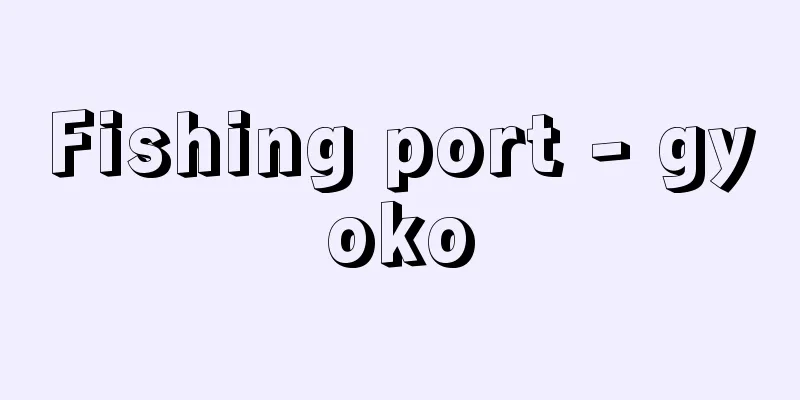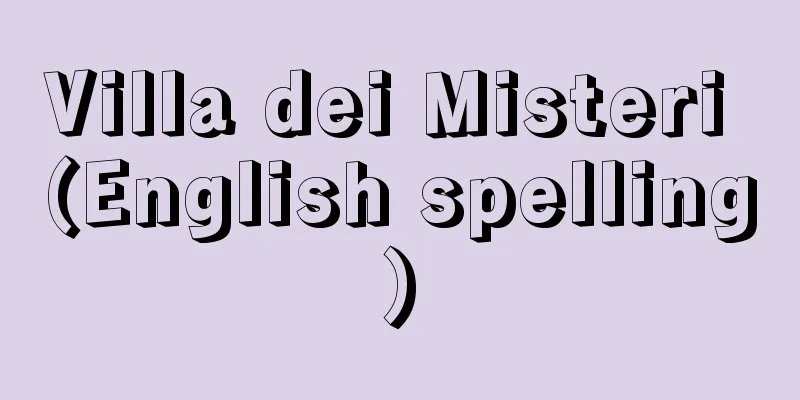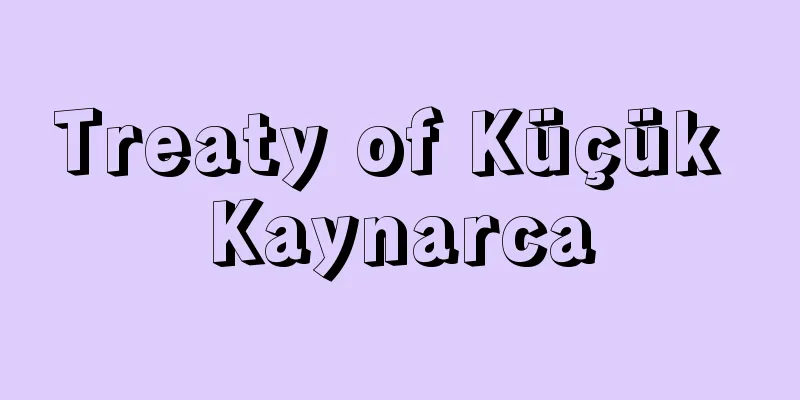Fishing port - gyoko

|
Ports function as a nexus between fishing production, distribution, and processing, and are a major social capital for the fishing industry. Fishing port facilities include breakwaters for wave, sand, and tide protection to ensure the safety of fishing boats when entering and leaving, mooring, and anchoring, mooring facilities such as quays and mooring stakes, landing areas for fish catches, navigational markers, signals, and lighting facilities, as well as railways, roads, bridges, canals, and other facilities for transporting fish catches, processed fish products, fishing supplies, fuel, etc. In the stage of fishing, when small fishing boats operated in coastal waters and were not powered, the fishing boats were pulled ashore when not in use. The development of the fishing industry in modern times has been centered on the enlargement and motorization of fishing boats, which are the most important means of production in the fishing industry. In the process, it became difficult to pull large motorized fishing boats ashore, and as a result, fishermen strongly demanded the development of facilities for anchoring, docking, unloading catches, and loading supplies necessary for fishing. The presence or absence of such facilities determined the progress of the enlargement of fishing boats, and in Western European countries, including the United Kingdom, the improvement of fishing ports has been promoted since the second half of the 19th century, mainly through the investment of public capital from the national and local governments. In the UK, there were cases where railway companies repaired and operated fishing ports, but fishing port facilities are general production facilities used jointly by various capitals related to the fishing industry, and since the repair costs are enormous and it takes many years to amortize them, they are not often the target of private capital investment. In Japan, since the motorization of fishing boats began at the end of the Meiji period, the number of motorized fishing boats has rapidly increased, and from 1918 (Taisho 7), fishing port repair projects subsidized by the national treasury began in earnest. Furthermore, as small motorized fishing boats became more widespread, national treasury subsidies for the repair of small fishing ports began to be provided from 1925. However, it was not until after World War II that repair and development of fishing ports progressed nationwide. In 1975, the government enacted the Fisheries Port Law (Law No. 137 of 1950), institutionalizing fishing port development. According to this law, fishing ports are classified into three types: Type 1 fishing ports, which are used mainly by local fisheries; Type 2 fishing ports, which are used by fishing boats from all over the country and serve as bases for deep-sea fishing; Type 4 fishing ports, which are located on remote islands and other remote areas and are particularly necessary for fishing boats to escape; and Type 3 fishing ports, which are designated by government ordinance as specific Type 3 fishing ports that are particularly important for the promotion of the fishing industry. According to this classification, the national government subsidizes 40 to 80 percent of the cost of repair work. The development of fishing ports not only reduces the risk of fishing boats entering and leaving port and ensures the safety of anchored and moored fishing boats, but also encourages the development of fishery-related industries such as fish markets, processing and freezing industries, and shipbuilding industries in the areas behind the fishing ports, thereby contributing to the improvement of the local economy. For this reason, the cost of repairing fishing ports has come to account for a large proportion of the government's budget for fisheries, and even in fiscal 1983 (Showa 58), more than 50 percent of the budget was spent on this purpose. [Ryuzo Takayama] "Japan Agricultural Research Institute, ed., "The 100-Year History of the Ministry of Agriculture, Forestry and Fisheries, Volumes 2 and 3" (1981, Ministry of Agriculture, Forestry and Fisheries)" Source: Shogakukan Encyclopedia Nipponica About Encyclopedia Nipponica Information | Legend |
|
漁業生産と流通・加工との結節の機能を果たす港であって、水産業における主要な社会資本である。漁港施設には、漁船の出入・係留・停泊の安全を確保する防波・防砂・防潮用の堤、岸壁・係船杭(くい)などの係留施設、漁獲物の揚場、航路標識、信号・照明施設と、さらに漁獲物、水産加工品、漁業用資材、燃油等を輸送する鉄道、道路、橋、運河などの施設がある。 漁業が沿岸海域で小型漁船により操業された無動力船段階にあっては、漁船を使用しないときには、それを陸上に引き揚げておいた。近代における漁業の発展は、漁業生産でもっとも主要な生産手段である漁船の大型化と動力化を基軸として展開してきた。その過程で、大型の動力漁船を陸上に引き揚げることは困難となり、その結果、漁船の停泊、接岸、漁獲物の陸揚げ、出漁に必要な物資の積み込みの施設の整備が強く漁業者から要望されるに至った。そしてこの施設の有無が漁船大型化の進捗(しんちょく)度を規定することになり、イギリスをはじめとする西欧各国において、漁港修築が、19世紀後半から主として国・地方自治体などからの公的資本の投下によって推進されてきた。イギリスでは鉄道会社が漁港を修築し経営する例もあったが、漁港施設は、漁業に関連する諸資本が共同して使用する一般的な生産施設であり、また修築費用が莫大(ばくだい)で、その償却には長い年月を要することから、私的資本の投下の対象にはなりにくい。わが国では明治末に漁船の動力化が始まって以降、動力漁船が急増したことから、1918年(大正7)より国庫補助による漁港修築事業が本格的に開始された。また小型動力漁船が普及したことから1925年より小漁港修築への国庫補助も行われるようになった。とはいえ、漁港の修築・整備が全国的に進んだのは第二次世界大戦後である。50年に政府は漁港法(昭和25年法律137号)を制定し、漁港整備を制度化した。この法律により漁港の種類は、その利用範囲が地元の漁業を主とする第1種漁港、その利用範囲が第1種漁港よりも広く、おもに沖合漁業が利用する第2種漁港、全国の漁船が利用し、遠洋漁業の根拠地となる第3種漁港、離島その他辺地にあって漁船の避難などにとくに必要な第4種漁港、および第3種漁港のうち水産業の振興上とくに重要な漁港を政令で定めた特定第3種漁港に区分され、それに従って、国から修築事業費の4割から8割が補助される。漁港の整備は、漁船入出港時の危険の軽減、停泊・係留漁船の安全確保だけではなく、漁港背後地域に魚市場、加工・冷凍業、造船業等の水産関連業種の進出を促し、地域経済の向上に寄与する。それゆえ水産関係政府予算においてもその整備費は高い比重を占めてきており、83年度(昭和58)でもその5割強がそれに支出されている。 [高山隆三] 『日本農業研究所編『農林水産省百年史 中・下巻』(1981・農林水産省)』 出典 小学館 日本大百科全書(ニッポニカ)日本大百科全書(ニッポニカ)について 情報 | 凡例 |
Recommend
Degenerate Art Exhibition - Austellung Entratete Kunst (German)
An exhibition held in Munich by the Nazis in 1937....
Alferdes, F. - Alferdes
…We should also not forget the influence of anima...
Pisces (animal) (English spelling) Pisces
… [Hibiya Kyo] [Classification and lineage] Fish ...
Synodontidae
…A general term for marine fishes belonging to th...
Kolokotoronis, Theodoros
Born: 1770. Messenia [Died] February 15, 1843. Gre...
Premature cultivation
A method of growing vegetables in which seedlings ...
Give me liberty, or give me death.
…He opposed the Currency Control Act and became f...
Vladimiria denticulata (English name) Vladimiria denticulata
…[Mitsuru Hotta] [Aya Nitta]. … From [Koka] …[Nit...
Ryuhei Murayama
1850-1933 A newspaper owner from the Meiji to ear...
Terrain - Area
The undulating form of the Earth's crustal su...
Nebulizer
Aerosol inhalation therapy or nebulization therapy...
Kamitare - Kamitare
...A ceremony in which three-year-old boys and gi...
Cnidium japonicum (English name) Cnidiumjaponicum
…[Murata Gen] [Nitta Aya]. … *Some of the termino...
Sakurajima - Sakurajima
A volcanic island located in the back of Kagoshima...
Nitrosamine - Nitrosamine
A general term for compounds represented by the g...









